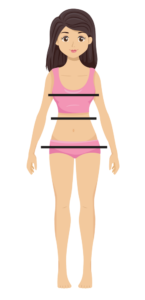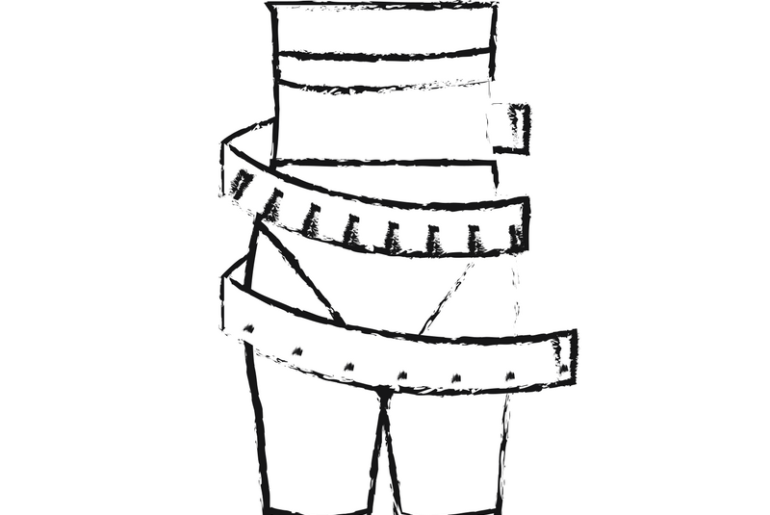“You can’t manage what you don’t measure.” – Peter Drucker
Even though Peter Drucker was a marketing guru, his quote can work in the world of weight loss too. If you don’t take measurements or pictures for that matter, it can make it hard to manage your weight loss. It can make a difference in your journey to release weight. You won’t know how your body responds to different foods. Some people can eat rice all day long, but some of us can gain weight if we do. If you don’t know what your starting point is and don’t track your measurements along the way, it will be hard to see the progress. Progress can be slow and if you know that your scale is reading the same number but your hips lost an inch, it can make all the difference. If you know you lost an inch then you will be less likely to give up if you see the scale hasn’t moved.
It is up to you how often you weigh and measure your progress. Getting on the scale EVERY DAY (which I am SO guilty of doing) can sometimes mess with your head as it is normal for your weight to fluctuate a little bit from day to day due to many factors (ex: that time of the month for ladies is when you can retain water and causes your weight to increase 1-2 lbs).
Generally once a week is an acceptable frequency to weigh in. You could also do once every two weeks or once a month. Whatever you feel is best. But I would do a weigh in and measurements at least once a month to stay on track. When you weigh and measure, do so on the same day of the week, at the same time of day. Preferably right after you wake up in the morning, naked, and after using the restroom.

These are the typical measurements that I take. You can do more or less:
Chest: Just below the armpit. You can measure directly under your breasts, as high up as possible.
Bust: Measure all the way around your bust and back on the line of your nipples. I usually do chest only.
Waist: The narrow part of your torso, typically right above your hip bone.
Hips: The widest part of your hip bones.
Thigh/Leg: Measure around fullest part of upper leg while standing. This is typically right under the gluteal fold for me.
Arm: I measure where the largest circumference is. This is optional, but I do it as I have a lot of fat here so I measure this area.
You can also measure above the knee, above the elbow, and around the calves. You can pretty much measure anywhere as long as you are consistent with where you measure. Also while measuring the chest, bust, or waist, I measure at the end of a normal exhale.
I use a digital measuring tape to help make my measurements consistent and easy to take. This is easier for me rather than using a regular measuring tape. I feel like my measurements are a little more consistent. This is one that I use:
Weight: I measure in lbs. with a digital scale. I highly recommend a digital scale for the most accuracy. There are many different types out there but you don’t need anything too fancy. This one has worked well for me:
Body Fat %: I use a handheld body fat monitor. This may not be exact like a “Bod Pod” or hydrostatic static weighing. But it was actually not too far off from my “Bod Pod” measurement and it way is cheaper and more convenient. After inputting my stats such as weight, age, etc., I use the device to get three readings total and use the average of the three. I like this one:
You can also get a scale that measures body fat % built in. This one appears to be a Best Seller on Amazon:
I know that the body fat calipers are supposedly more accurate but I’ve never been able to do it correctly. They are a bit tricky for me but feel free to use it if it works for you.
If you are taking measurements, it is very helpful to make a graph with them so that you can see your progress over time.
What are your favorite measurement tools? I’d love to hear from you!





